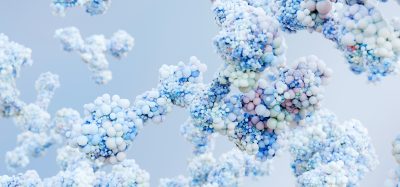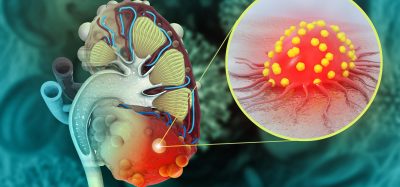Hepatic hydrogen sulphide levels are reduced in mouse model of HGPS
Posted: 14 July 2023 | Izzy Wood (Drug Target Review) | No comments yet
HGPS mouse models were used to test the hypothesis that the accelerated aging typical of progeroid mice is associated with reduced hepatic H2S production.


Hutchinson-Gilford progeria syndrome (HGPS) is a rare human disease characterised by accelerated biological aging. Current treatments are limited, and most patients die before 15 years of age. Hydrogen sulphide (H2S) is an important gaseous signalling molecule that is central to multiple cellular homeostasis mechanisms. Dysregulation of tissue H2S levels is thought to contribute to an aging phenotype in many tissues across animal models. Whether H2S is altered in HGPS is unknown.
In a new study, was published in Aging, researchers Stephen E Wilkie, Diana E Marcu, Roderick N Carter, Nicholas M.Morton, Susana Gonzalo, and Colin Selman from the University of Glasgow, University of Edinburgh, Saint Louis University, and Karolinska Institute investigated hepatic H2S production capacity and transcript, protein and enzymatic activity of proteins that regulate hepatic H2S production and disposal in a mouse model of HGPS (G609G mice, mutated Lmna gene equivalent to a causative mutation in HGPS patients).
“This study was designed and undertaken due to the lack of understanding in the mechanistic targets of known treatments against HGPS and considering the positive association between H2S and longevity in model organisms.”
Here, the researchers employed the HGPS mouse model G609G to test the hypothesis that, in contrast to anti-aging increases in H2S production, the accelerated aging typical of progeroid mice is associated with reduced hepatic H2S production. G609G mice were maintained on either regular chow (RC) or high fat diet (HFD). HFD has been previously shown to significantly extend lifespan of G609G mice, and compared to wild type (WT) mice maintained on RC.
RC-fed G609G mice had significantly reduced hepatic H2S production capacity relative to WT mice, with a compensatory elevation in mRNA transcripts associated with several H2S production enzymes, including cystathionine-γ-lyase (CSE). H2S levels and CSE protein were partially rescued in HFD fed G609G mice. The data acquired here confirmed some aspects of the relevance of H2S in HGPS but raises more questions about the specific mechanisms at play.
“Regardless, the work presented here addresses an area of research that remains critically understudied and provides new evidence that the accelerated ageing phenotype observed in HGPS may be partially explained by a reduction in hepatic H2S levels.”
Related topics
Animal Models, Disease Research, Enzymes, Gene Testing, Genetic Analysis, Protein
Related conditions
Hutchinson-Gilford Progeria Syndrome (HGPS)
Related organisations
Edinburgh University, Karolinska Institute, Saint Louis University, University of Glasgow
Related people
Colin Selman, Diana E Marcu, Nicholas M.Morton, Roderick N Carter, Stephen E Wilkie, Susana Gonzalo








